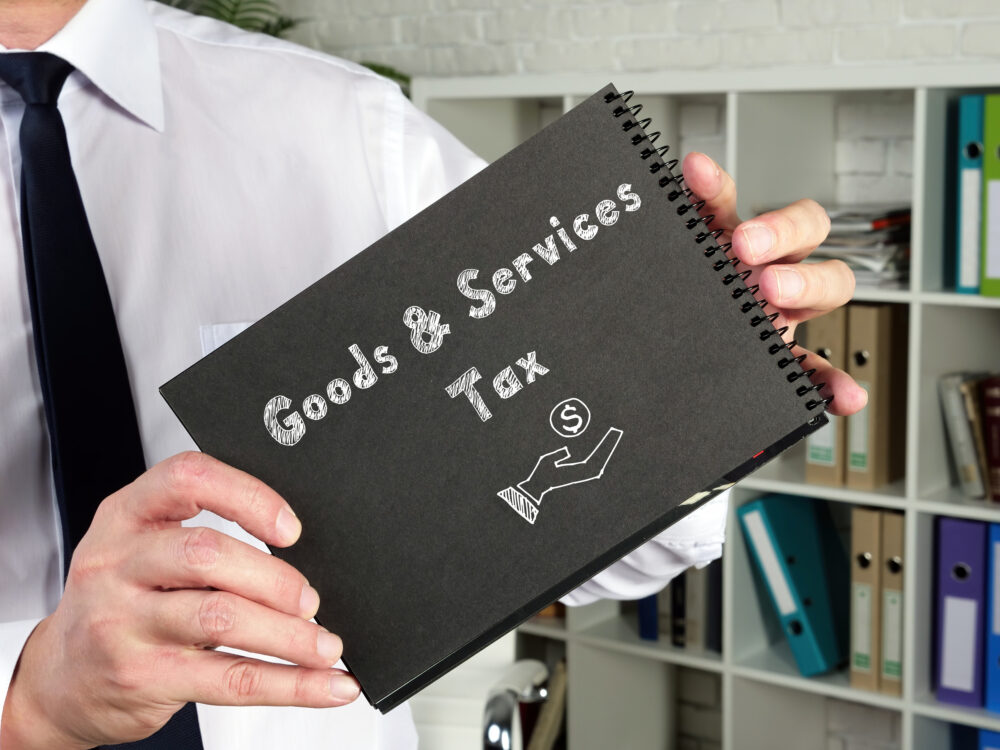
It is not often that Congressional legislation prompts a link to the legendary rock group, The Who. However, the Fair Tax Act, which would replace income taxes with a sales tax, has critics singing a variation of “Won’t Get Fooled Again.”
Meet the New Bill – Same as the Old Bills
Some form of a bill to replace income tax with a national sales tax has been introduced in Congress almost every year since the 1990s.
The current incarnation was introduced on January 10 by Georgia Representative Buddy Carter. So far, thirty of Carter’s fellow House Republicans have joined him in support of the measure.
The legislation would eliminate income taxes, payroll taxes, estate taxes, and gift taxes. In place of those levies, the Fair Tax Act would institute a blanket 23 percent national sales tax.
However, because the bill calls for 23 cents to be” taken out” of every dollar, the effective rate would be 30 percent. ($1.00 – 23 cents = 77 cents / 77 cents X 30 percent = 23 cents.) That means consumers would pay 30 cents in tax for every dollar spent.
Fairness Issue
The tax would fall more heavily on middle-income and poor people since those groups spend proportionately more of their income on necessities than higher-income people.
Currently, taxes are paid on income based on brackets set out by the IRS. The amount taxed rises with each bracket. However, according to the Tax Policy Center, 40.1 percent of households (72.46 million) will pay no federal taxes for the tax year 2022.
A national sales tax would apply to everything you buy from food to medications to rent or a home. As a result, those 72.46 million households that currently owe no taxes would suddenly see their living expenses increase by 30 percent.
A panel appointed by George W. Bush looked at swapping the income tax for a sales tax and concluded it would dramatically raise taxes on the middle class.
Prebates
Carter’s bill provides tax “prebates” to counter the negative impact of the tax on household budgets. Each family would get a monthly payment from the government equal to 23 percent of the poverty guidelines by family size.
That means a single person would get $279.45 a month this year. Each additional family member would increase the household income by $98.52. As a result, a family of four would receive $575.01 per month.
Numbers Do Not Add Up
Conversely, according to the United States Department of Agriculture, a family of four following a “thrifty food plan” spent $971.20 on groceries in December. Applying the prebates to that number would result in a negative $396.19.
A December Lending Tree survey found that 63 percent of Americans are living paycheck-to-paycheck. That means that hiking the grocery bill by almost $400 a month would be difficult for most families to handle.
However, that is just groceries. Think what adding 30 percent to your utility bill, car payment, insurance, medical, and other expenses would mean to you.
Conclusion
Democrats have got a lot of mileage out of beating this bill like a pinata. Likewise, Republicans are starting to line up against it. As a result, it is unlikely to become law this year. However, the idea has had a long life. Do not be surprised if it is back next year.
Read More:
You Can Thank Inflation For Your 2022 Tax Break
10 Signs You Should Rethink Buying A House
Come back to what you love. Dollardig.com. Is the most reliable cash-back site on the web. Just sign up, click, shop, and get full cash back.